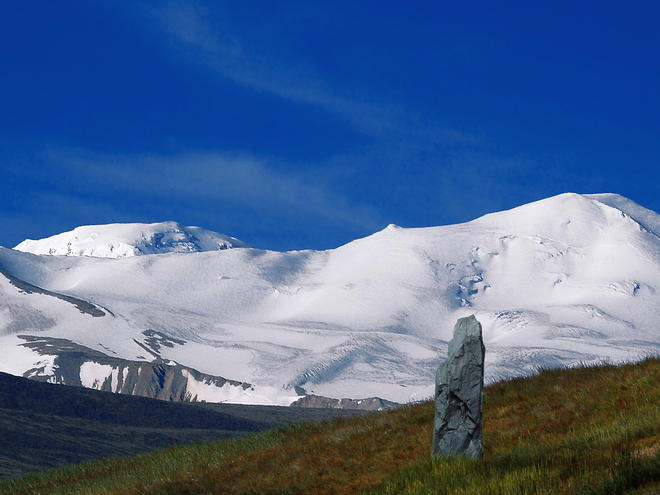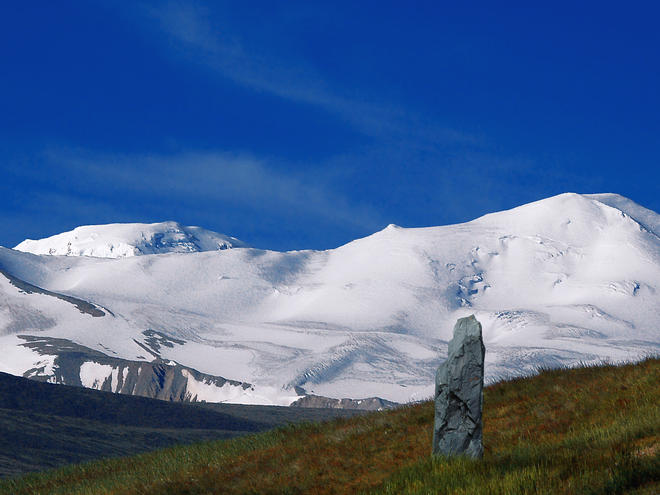Nine snow leopard range countries equipped with tools for climate smart landscape management planning
Published by the World Wildlife Fund

Over 40 representatives from nine of 12 snow leopard range countries gathered in Kathmandu, Nepal, in April 2016 for a workshop on climate smart conservation planning at the landscape level to protect the iconic snow leopard and its habitat.
The workshop focused on building capacity for landscape level planning for snow leopard conservation among participant countries.
The snow leopard’s habitat is spread out across Asia’s vast high mountain landscapes. To protect this iconic species, the twelve snow leopard range countries identified the need to go beyond isolated protected areas and conduct conservation efforts at a larger landscape level. In October 2013, all 12 range countries came together and unanimously adopted the Bishkek Declaration on Snow Leopard Conservation and the GSLEP Program, under which these nations committed to securing 20 snow leopard landscapes by 2020.
“This workshop is part of the process to secure 20 snow leopard landscapes by 2020,” said Koustubh Sharma, the GSLEP program’s international coordinator. “A lot of the work has already been completed, and we hope our work here will result in landscape management plans which will be blueprints for securing the snow leopard landscapes.”
The first four days of the workshop focused on providing tools to practitioners so they can be champions for climate-smart landscape-level planning and management for snow leopard conservation. Working in groups, participants hammered out preliminary risk analyses that will serve as the basis for developing comprehensive landscape management plans addressing key issues and threats, including climate change.
“Climate change is happening more rapidly, and having more visible effects in the high mountains of Asia than many other regions of the world,” said Ryan Bartlett, senior program officer for climate change adaptation at WWF. “It is thus critical to address climate change in our conservation programs; otherwise we risk losing any progress in conserving the snow leopard and the ecosystems and habitat it represents that provide critical services for millions of people downstream.”
Climate change and conservation planning experts from WWF and Columbia University’s Center for Climate Systems Research guided participants through the process of incorporating climate change impacts into their landscape conservation models. Climate change was included as a driver that had direct impacts on the snow leopard, but also exacerbated existing threats like over-grazing, poaching and retaliatory killing. The teams then prioritized these threats, and their mitigation strategies using criteria such as cost, feasibility, and whether the strategy would be effective in all of the climate scenarios.
“While each country ultimately formulates its own plans, there was a certain amount of standardization in the country plans for the Global Tiger Initiative. That was important because we were then able to go to global funders like the international finance institutions,” said Keshav Varma, head of the Global Tiger Initiative Council, addressing the country representatives at the closing of the landscape planning workshop.
Varma also encouraged countries to tap international expertise and resources for their snow leopard conservation work. “If you think there are resources out there that we can bring to help you as you formulate your plans, we would be more than willing to help,” he said.
The workshop was organized by the Global Snow Leopard Ecosystem Protection Program (GSLEP) Secretariat and the Government of Nepal. Support for the workshop was provided by the Snow Leopard Trust and the WWF Conservation and Adaptation in Asia’s High Mountains Project, which is funded by USAID.
Read the full article at: http://feedproxy.google.com/~r/WWFStories/~3/8GsnQU-xPo0/nine-snow-leopard-range-countries-equipped-with-tools-for-climate-smart-landscape-management-planning


